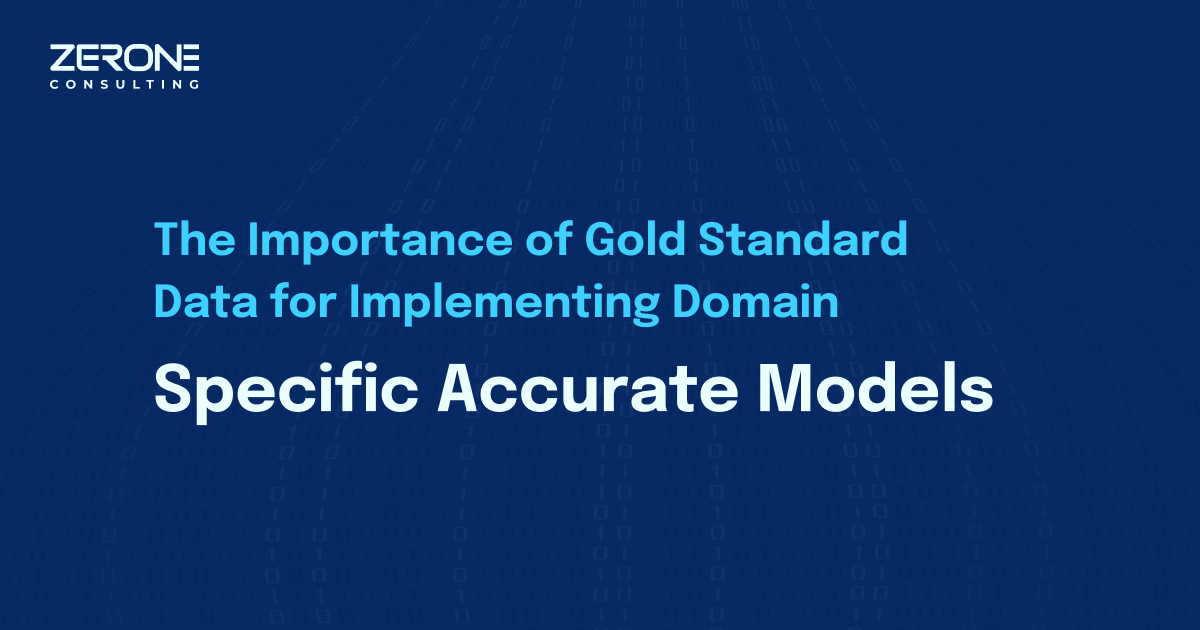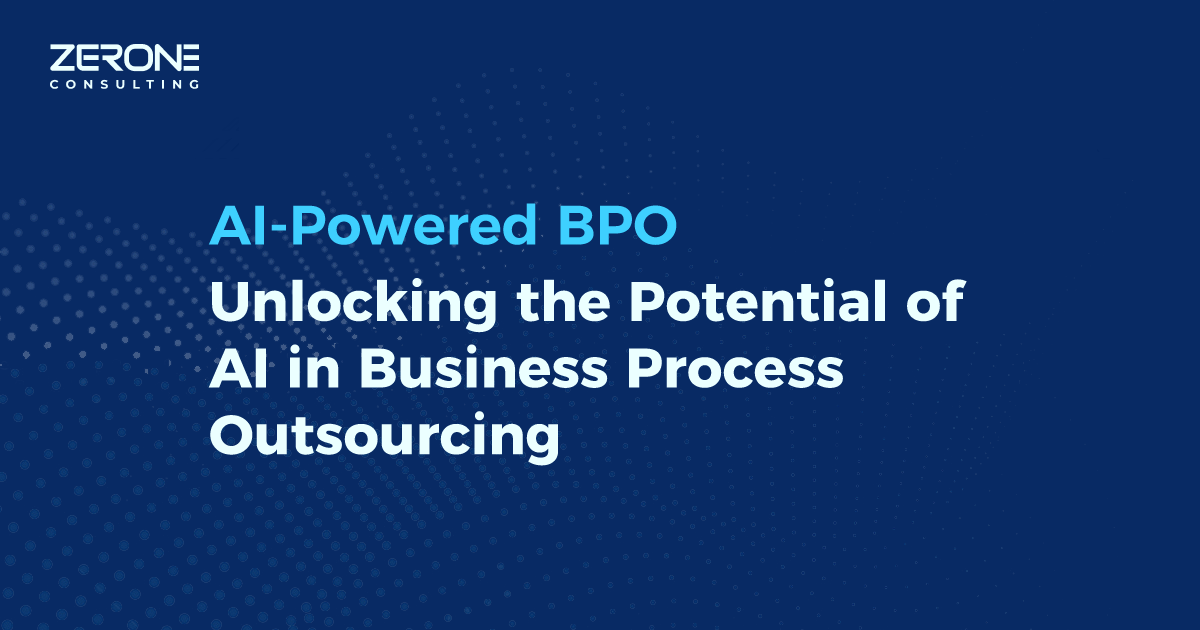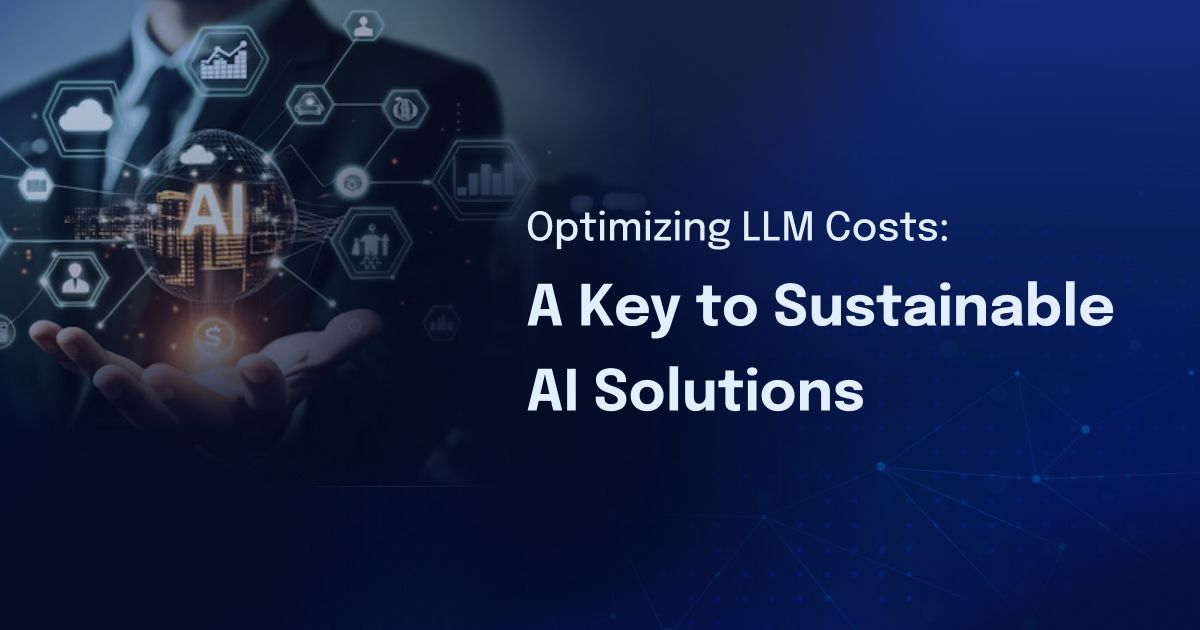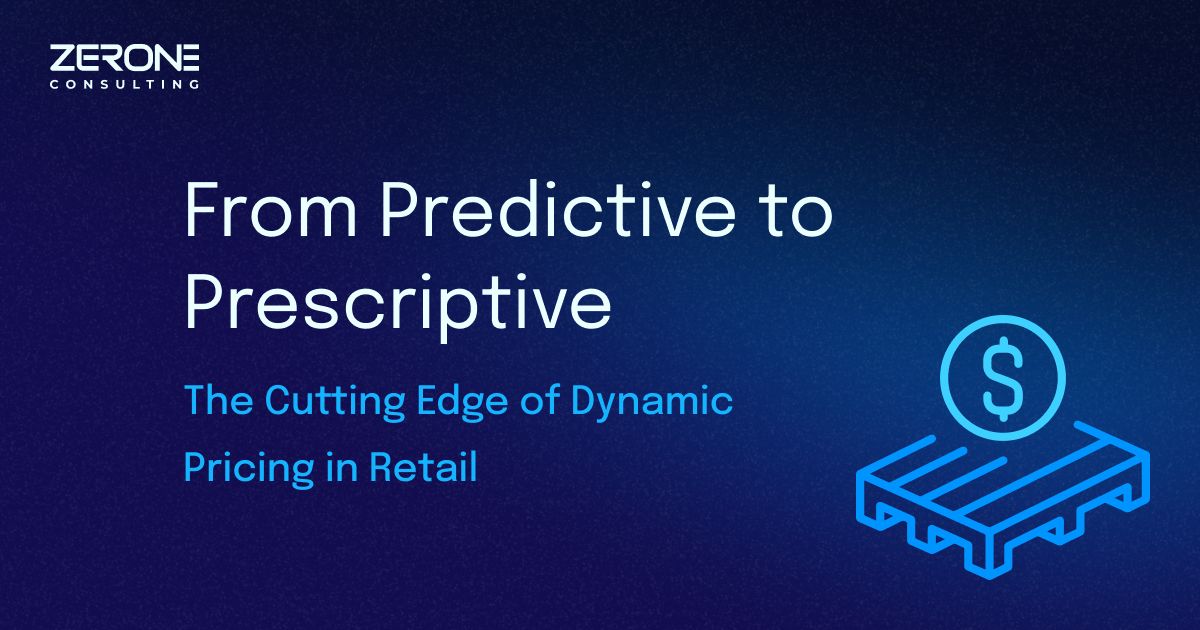Gold Standard Data: Driving Accuracy in Domain-Specific Medical AI
The system should perform category retrieval for hierarchical organization of data. This method creates correct and properly structured end results. The healthcare industry demands absolute accuracy of its processes because accuracy serves as an indispensable requirement. Every mistake concerning sensitive and critical information leads to major adverse effects during processing. Large Language Models (LLMs) achieved widespread popularity throughout the last several years which led to broad interest for their healthcare applications. The current state-of-the-art models in the LLM category do not deliver 100% precise outputs at all times. A complete system needs to exist for verification and validation because different models have their positive and negative aspects.

What Is Gold Standard Data?
Data that derives from expert validation of highly accurate and reliable datasets represents the gold standard. Healthcare professionals use trusted data sources including MeSH (Medical Subject Headings) Tree and PubMed as well as UMLS (Unified Medical Language System), FDA (Food and Drug Administration) and MedlinePlus to derive their healthcare datasets and experts can build custom datasets.
The established sources deliver organized data with high trustworthiness that medical practitioners can use for model training together with output validation and accurate rule-based system developments.
How Gold Standard Data Enhances Healthcare Models
-
Training Custom Models utilizes gold standard data for either developing machine learning (ML) models or for domain-specific fine-tuning of LLMs. The model learns from accurate and representative examples through this process which decreases error possibilities.
-
The datasets operate as standards for confirming model-generated results. Applications achieve verification through cross-checks with trusted databases when they implement gold standard APIs to evaluate extracted or predicted information.
-
Healthcare organizations can effortlessly merge their data into operational ML pipelines through application programming interfaces of trusted sources such as MeSH or PubMed. The MeSH API verifies extracted disease names from unstructured data by grouping them according to their positions beneath different parent elements within the MeSH structure.
Example Use Case: Suppose you need to group diseases from unstructured text. An ML model or LLM can extract disease names, but inaccuracies or missed entities are likely. By integrating MeSH APIs, you can:
- Validate extracted entities against a trusted database.
- Retrieve parent categories for hierarchical grouping. This process ensures the final output is not only accurate but also well-organized.
-
The combination of Auto Validation and Rule-Based Systems uses standard data to check and remove faulty information. The auto-validation processes function to maintain data integrity through semi-automated systems which need minimal human involvement.
-
Medical article validation and content standardization can be performed through PubMed and MedlinePlus datasets which provide established reference information for maintaining recognized standards in data content.
Challenges in Using Gold Standard Data
The ideal value of gold standard data requires use of specific methods to overcome difficulties:
-
The selection process for fitting data sources depends entirely on the targeted application. The specific use requires MeSH for grouping diseases and drugs but PubMed proves more effective for validating medical research papers. A detailed evaluation both of the data and use case needs to be completed.
-
The requirements of particular use cases could exceed what existing datasets provide so users need to develop their own tailored gold standard datasets. The required development involves extracting data from various trusted information sources before creating a unified and complete gold standard dataset.
Why Gold Standard Data Is Crucial in Healthcare
Using gold standard data ensures that the information produced by a system is as accurate and reliable as possible. The validated information remains totally accurate as model or entity detection limitations produce no effect. The accuracy of healthcare data remains crucial because misinterpreted data leads healthcare professionals to make inadequate choices that generate unfavorable results.
Gold standard data utilization in a healthcare application results in:
-
The platform validates extracted information through cross-referencing them with dependable databases that maintain trusted repositories of medical entities.
-
Entities in parent-child relationships such as disease categories get accurately detected for enhanced analysis and improved decision solutions.
-
A system algorithm marks and limits use of data that proves to be either invalid or incomplete.
Conclusion
Selecting gold standard data for healthcare models surpasses best practice status because it represents compulsory usage. Gold standard datasets serve as bases for domain-specific and reliable modeling by undergoing training procedures as well as validation and integration and content standardization stages. The field of AI advancement together with machine learning presents a situation where reliable data stands as an absolute essential factor. The trustworthiness of healthcare applications reaches a peak when they ensure data quality by utilizing MeSH, PubMed and UMLS as their source ensuring superior accuracy which leads to better outcomes and decision-making processes.
We can help!
Unlocking The Potential Of Ai In Business Process Outsourcing
#Artificialintelligence
Optimizing Llm Costs: A Key To Sustainable Ai Solutions
#Artificialintelligence




